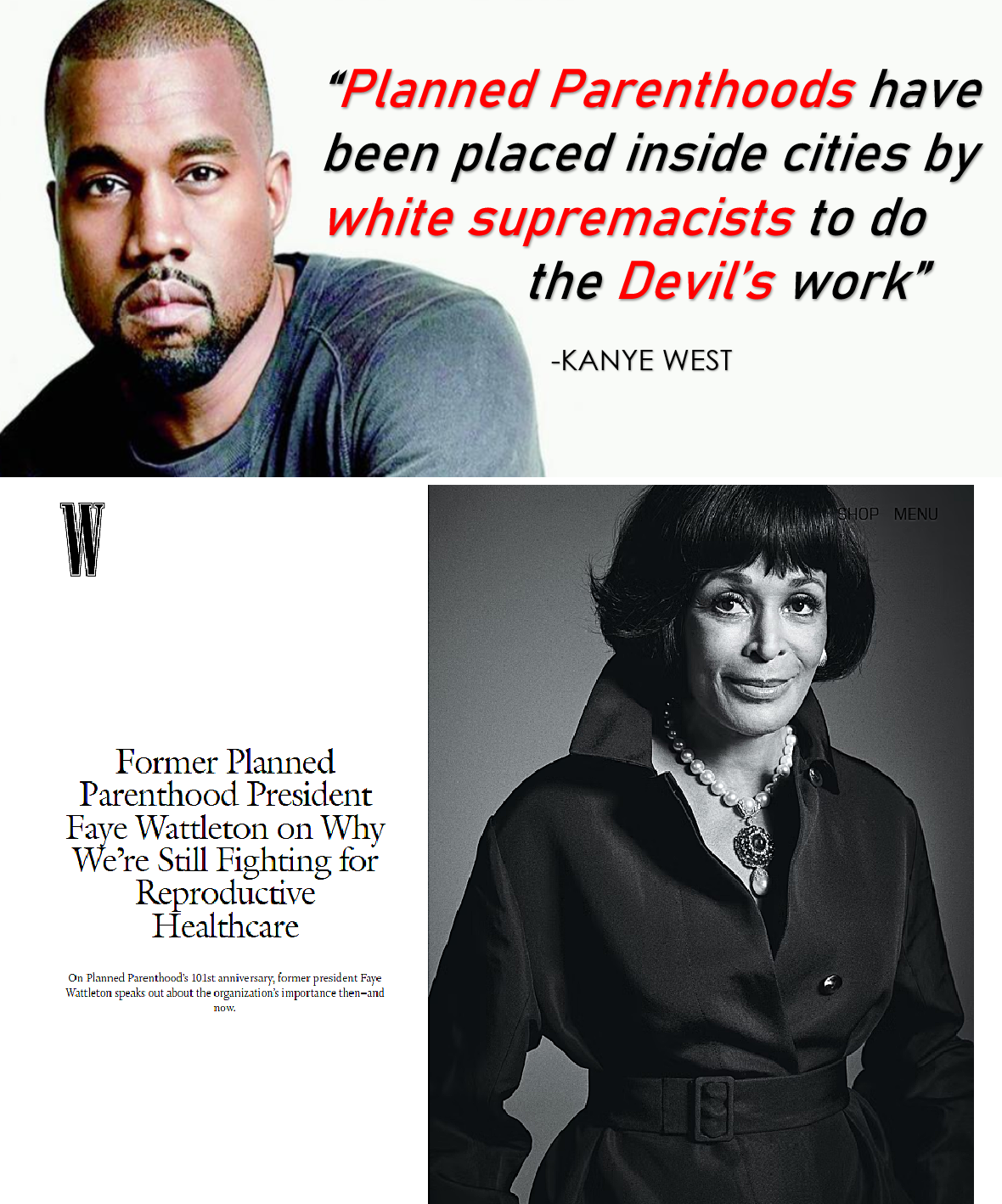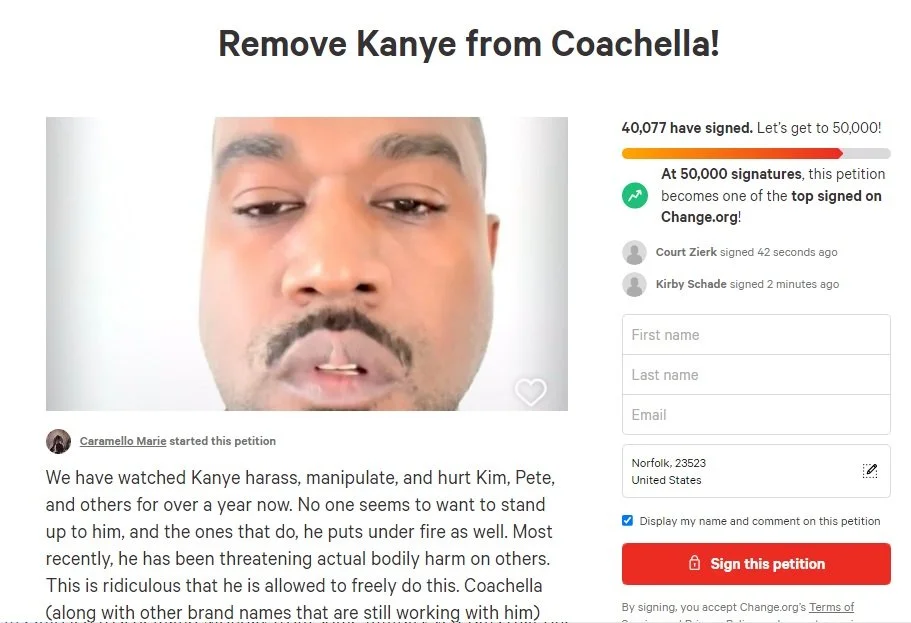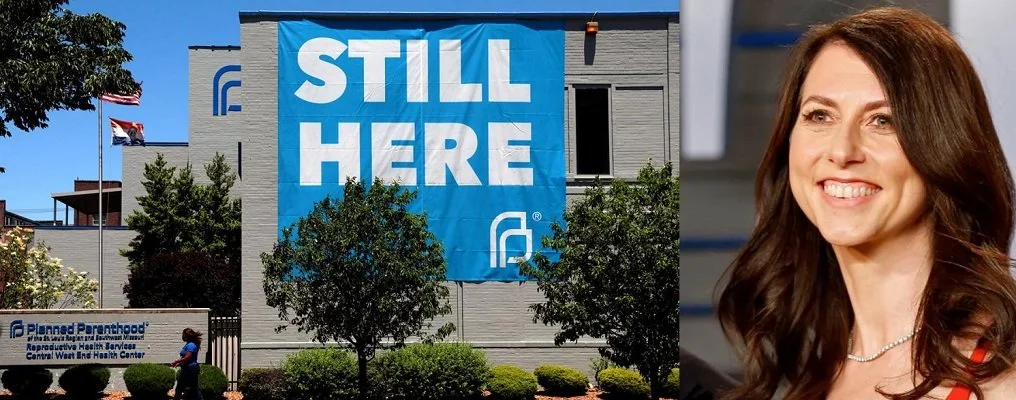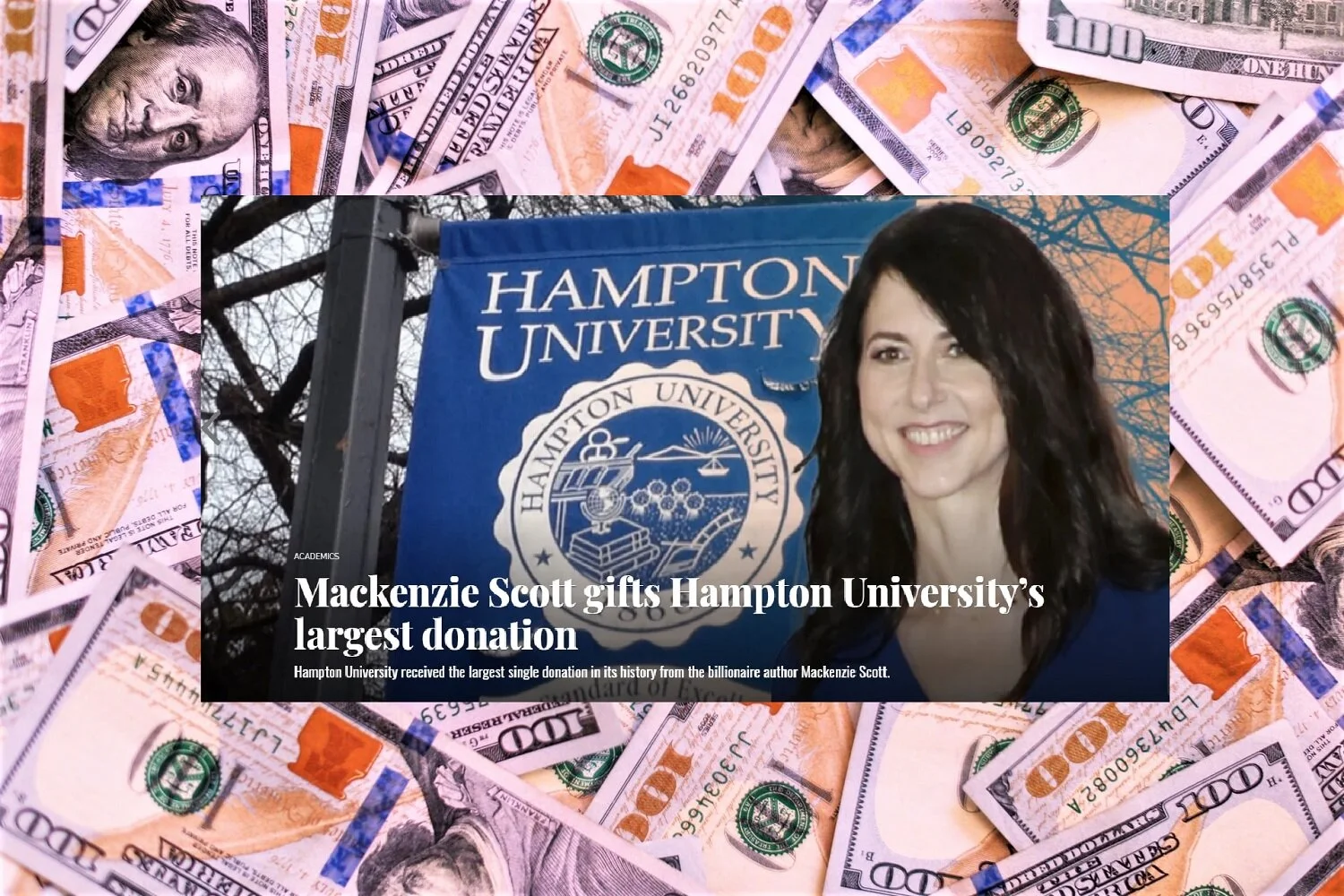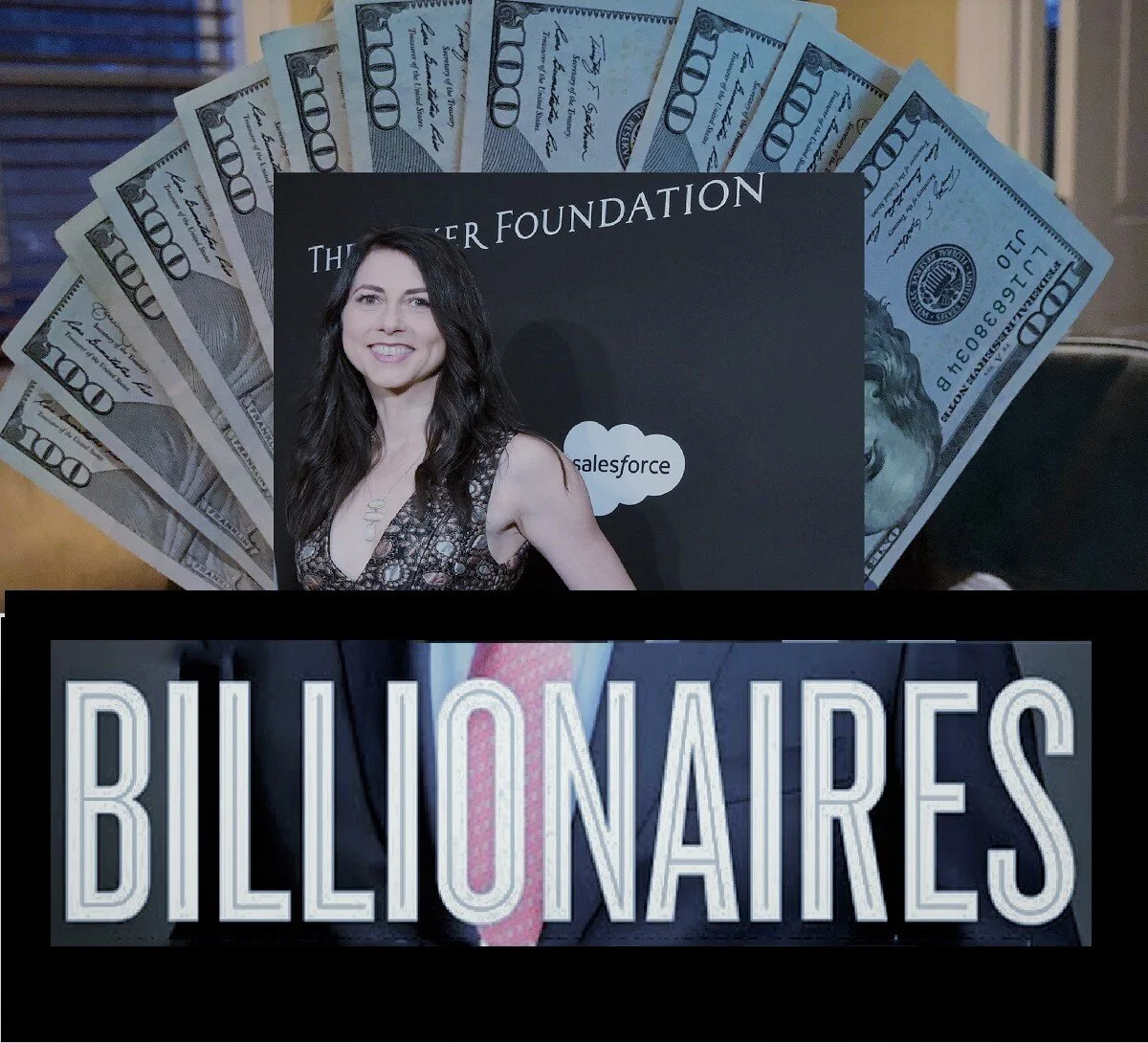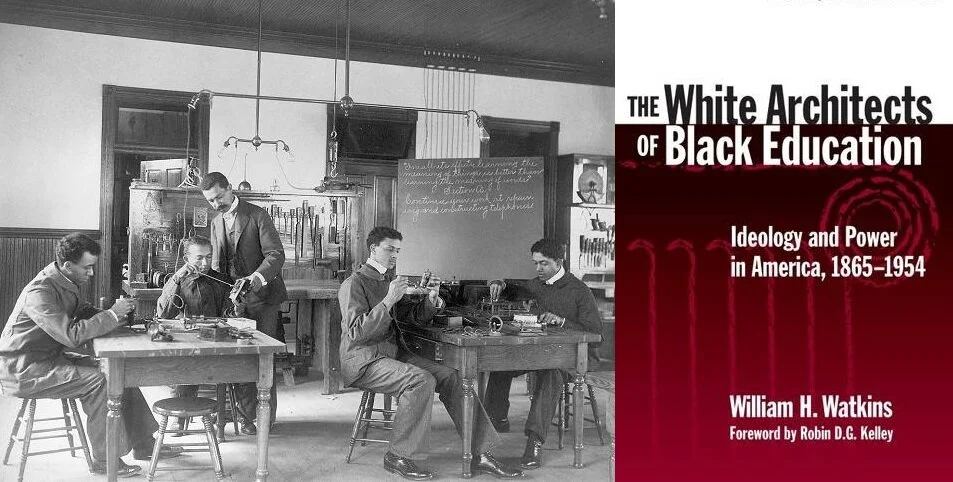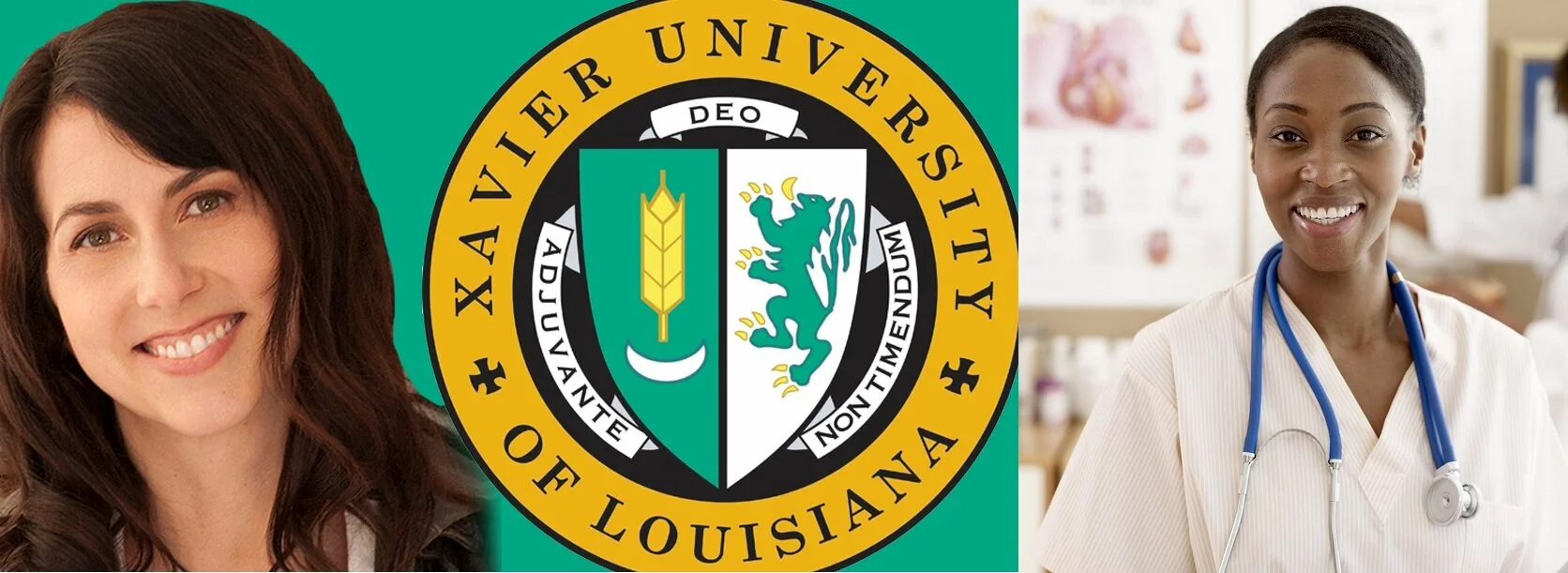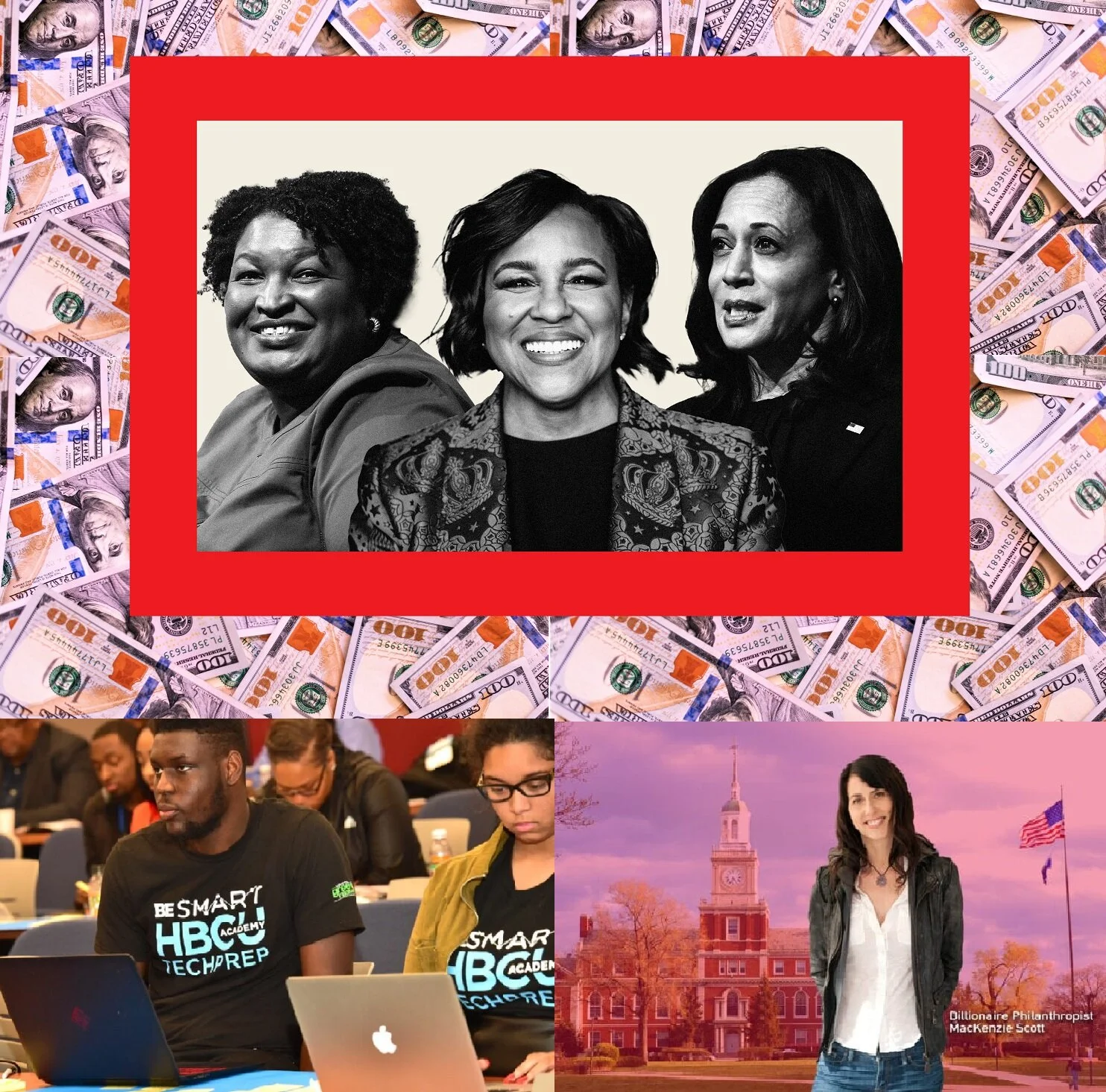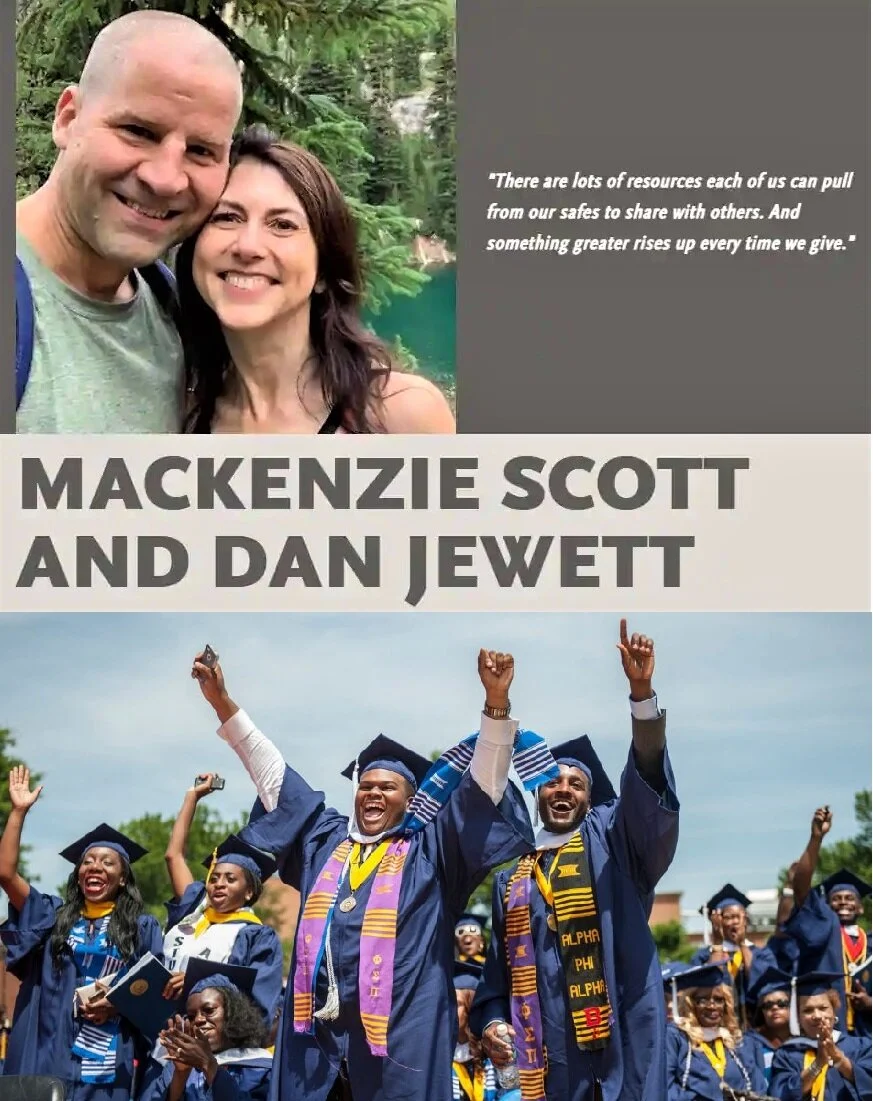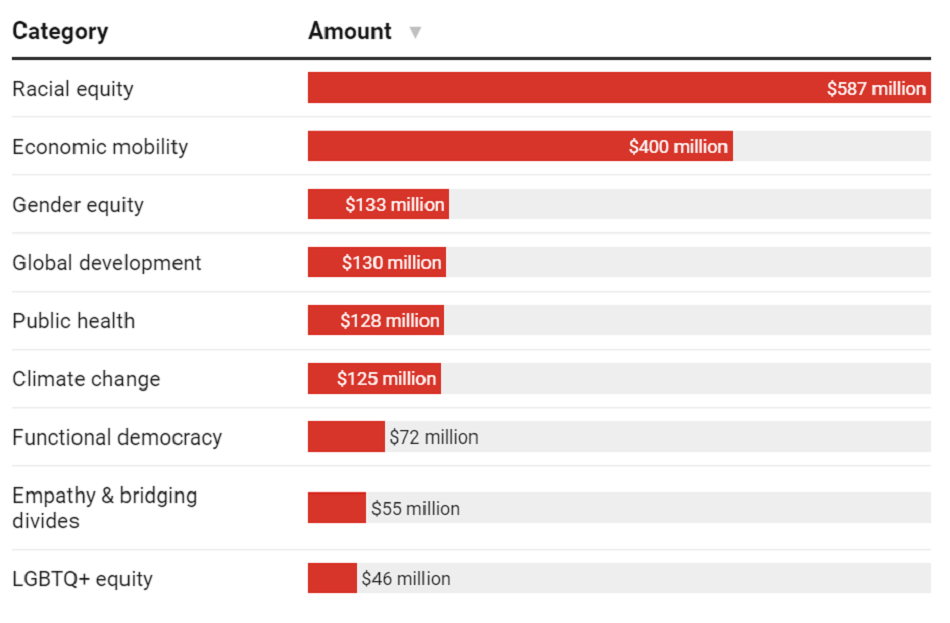MacKenzie Scott Donates $275 Million to Planned Parenthood. Fact Check, Kanye: She's NOT a White Supremacist
/MacKenzie Scott Donates $275 Million to Planned Parenthood; Kanye West Says She’s a White Supremacist Doing the Devil’s Work
Kanye West is a big man with words. As the Remove Kanye from Coachella! petition heads crosses 40,000 on Mar 24, Kanye’s position on Planned Parenthood is on my mind — and for a good reason.
I guess MacKenzie Scott’s [formerly Mrs. Jeff Bezos] $275 million gift to Planned Parenthood announced Wednesday, March 23 warrants another call to God from Kanye’s shower. This is where Ye gets his marching orders that terrorize so many of us.
To be called a white supremacist by Kanye West, because I support Planned Parenthood, is worse than being hunted by one of Kanye’s ‘kind’, landing me in police protection for a year as this dude was seriously stalking me with a promise to kill me.
Imagine getting up every morning to a bloody, decapitated animal in a box on your front doorstep. Imagine walking out to your car at night after shopping at the local mall. There’s a noose on your door handle — matching the box of rope left on your doorstep that morning with the note “This is the rope I will hang you with, B#tch.”
That nightmare was in the past, and It’s 2022. Kanye West was running for president of the United States in 2020 — when he expressed his view about those of us who do the devil’s work. Uber religious men have a habit of calling women like me Devils.
Yes, Kanye’s presidential campaign was financed by uber right-wing Republicans — but still — knowing that Kanye believes I’m a white supremacist doing the Devil’s work saddens me. It’s not a difference of opinion or values. My own brother disagrees with me about Planned Parenthood. But he doesn’t think I’m a white supremacist doing the work of the Devil.
For us to find ourselves in 2022 where the GAP has bet the ranch on a Black dude right-wing zealot who believes that not only Anne, but Faye Wattleton [image above]. the first Black woman president of Planned Parenthood from 1978 - 1992; MacKenzie Scott, who not only gave $275 million to Planned Parenthood today, but has given more money to HBCUs in the last two years than they’ve received in history; to Melinda Gates, one of Planned Parenthood’s biggest funders internationally, to former NYC mayor Michael Bloomberg, who often holds the top funder spot for Planned Parenthood — we are all doing the devil’s work and we are white supremacists, well that is very sad. Read entire 2017 W Magazine Faye Wattleton W Magazine interview.
Kanye’s Supported by the NRA, But We Don’t Think He’s Working for the Devil
I don’t like Kanye’s support from the NRA because Ye supports no laws that enhance gun safety, but I don’t think he’s doing the work of the devil. Americans have four distinct visions of God, as outlined in the most impressive research done in 2010 and beyond by Baylor University, a Christian University in Waco, Texas. It’s one of the most important books I’ve ever read and while painful to read, it’s been a great help to me in navigating America’s hostile political landscape.
Of ‘America’s Four Gods’, only God #1 The Authoritarian God — the God that talks to Kanye in the shower — believes that Scott, Gates, Bloomberg, Wattleton and I are white supremacists doing the devil’s work because we advocate for Planned Parenthood.
When the book was written in 2010 and over 250,000 people including me and several friends took the online survey, about 22% of Americans worshipped God #1. They were declining rapidly but they managed to elect Donald Trump president. And they caused women worldwide to lose vital healthcare from the US government.
Melinda Gates herself stepped to close a huge piece of the funding shortfall in Africa, where Kanye’s beliefs shut down clinics serving AIDS patients, malaria patients, prenatal and pregnancy clinics and countless other health services.
Those of us who believe in Gods 2-4 know that divine, spiritual love spans a wide range of health services. Kanye worships the God of white supremacists, not us. Black people in the aggregate do not worship God #1. But these are Kanye’s money peeps. And if I wanted to stoop to Kanye’s level, I could really run with Kanye’s unique perspective on God that he shares with the very white male US Senators Cruz, Graham and Hawley who made a sordid, child-pornography circus out of the confirmation hearings for nominated Supreme Court Justice Ketanji Brown Jackson this week. These are the putrid white supremacists, not the Planned Parenthood supporters.
My Republican Nightmare
These authoritarian God white guys are Kanye’s posse. They all worship God #1, the NRA, Putin in the case of Kanye, Hawley and Cruz, and do not believe Ketanji Brown Jackson belongs on the Supreme Court. It was a total spectacle of decadent racism watching this week’s hearings.
GAP CEO Sonia Syngal says: “I spoke to Yeezy and he’s very, very focused on this incredible opportunity.” I’m not GAP’s target customer — very far from it. But Kanye’s current problems aside, it’s stomach-churning to watch a female CEO of a Fortune 500 company support a right-winger who says I’m a white supremacist over Planned Parenthood AND Ye is supported by the uber right-wingers and the NRA.
When Kanye runs around in his face masks, it occurs to me that the next time we have a January insurrection at the US capitol, they’ll all be dressed in Kanye’s Gap clothes and nobody will be identified cuz they all look the same.
I woke up at 3am this summer frozen in bed seeing Sen. Lindsay Graham standing in my doorway holding a huge syringe. He was going to kill me. I was absolutely paralyzed with fear — obviously asleep in a nightmare — but trying to wake up.
When I first saw these Yeezy GAP images, I said to myself: these are the dudes that will put American women right where we belong. It’s the Handmaid’s Tale staring us straight in the eye. And Kanye West is the big man in charge.
That’s how I feel and based on what I know, I’m sticking to my level 10 concerns about this man. In case you think Ye swore off Trump, that’s over. Kanye’s all MAGA again. GAP’s Syngal calls it ‘edge’. I call it an American nightmare in the making. I like Dapper Dan’s pink polos for GAP waaaaaay better. ~ Anne
